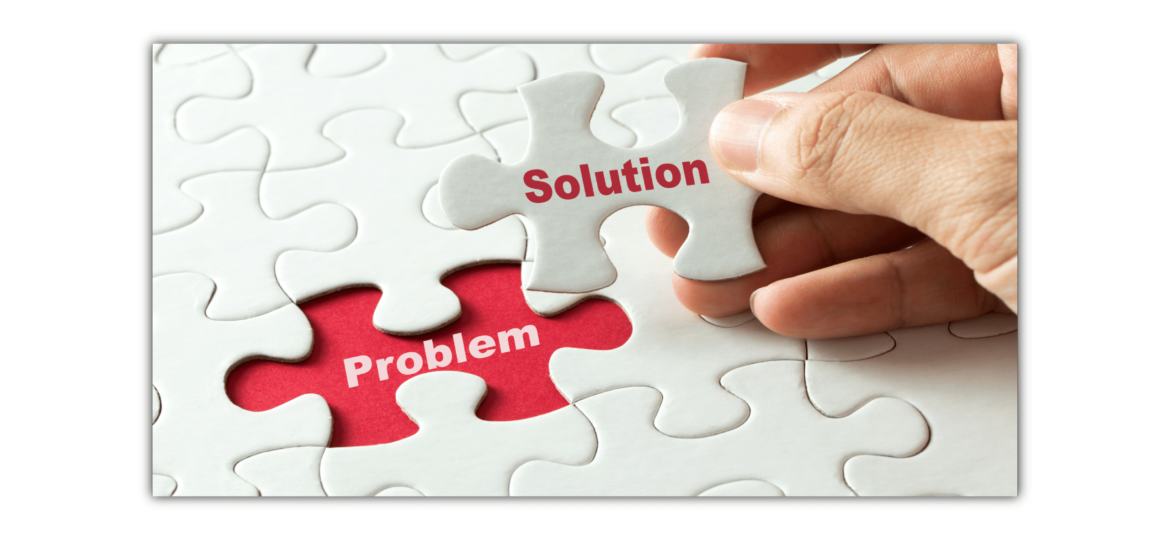the Operations Framework
There are a lot of frameworks, widely accepted methodologies, and tools available to help you drive growth and operate with excellence.
The problem is, many of them are overly complicated to execute and you can spend a lot of your time just learning about them let alone implementing them.
That’s why I created the Operations Framework.
It’s come from more than 20 years in various operations leadership roles plus owning and growing several businesses.
It’s simple to understand and even easier to implement.
What is an Operations Framework?
It is a structured approach to help you develop and define actions that lead to achieving specific business goals or outcomes
Step 1: Foundations Framework
You can’t build anything substantial on a weak foundation. You also can’t be the only builder onsite, which means you’ve got to get everyone on your team and in your organization building together.
The simplest and most effective way I’ve found to do this is to implement a framework that helps you instill a continuous improvement mindset throughout your organization. You can find several different frameworks to choose from, but I default to our Foundations Framework or P.E.R.R.R.:
- Plan – A documented plan that addresses what we are trying to accomplish. Why it’s important and what impact it will have.
- Execute – Follow the plan
- Review – What’s working? What’s not working?
- Revise – How do we do more of what’s working? How do we change what’s not working?
- Repeat – Continue the cycle of improvement
Step 2: 4 Key Pillars of an Effective Business System
You need more than just a strong foundation to deliver results that can be measured in your financial statements and company culture.
When it comes to creating effective systems you must optimize Planning, People, Process, and Technology.
Unfortunately, many operations leaders and business owners opt to start with technology first which is often the reason you’ll find the failure rate of technology implementations and adoptions in the 75% range, give, or take, depending on your source.
To help you understand exactly how to optimize the 4 pillars, let’s look at how the most effective systems are created:
- Business systems are created through Planning and People, they’re made up of Processes that may or may not be executed through Technology.
Step 3: 6 Key Business System Categories
Driving growth and operating with excellence over the long term is dependent on developing several key systems and subsystems. Use our 6 Key Business System Categories to help you identify and define those systems for your business:
1. Enterprise Management
Think:
- Enterprise Resource Planning or ERP
- Supply Chain Management or SCM
- Facility Closures & Relocations
2. Financial Management
Think:
- ERP or Desktop Accounting Solution (Quickbooks, Zoho, etc.)
- Asset Management
- Budgeting
3. Information Management
Think:
- Workstations
- Storage Devices/Servers
- Security Protocols
4. Customer Development
Think:
- Customer Relationship Management or CRM
- Marketing Activities
- Sales Activities
5. Administration
Think:
- Human Resource Management or HRM
- Qualify, Hiring, and Onboarding
- Training Activities
6. Operations Management
Think:
- Manufacturing or Production
- Inventory Management
- Quality Management
Example: Inventory Management System
Now that I’ve walked you through the Operations Framework, I want to show you an example so you can see how each piece works together and just how simple it is to implement.
Let’s say that we’ve recognized an opportunity to improve our Inventory Management System.
Using our foundations framework, we’re going to develop our plan. That might look something like this:
- S.M.A.R.T. Goal: Increase the average number of raw material inventory turns per month from 10 to 20 within 6 months
- Impact: Increases our cash flow and reduces the amount of labor touches and expense to handle raw materials
Next, we need to bring together the key people who are most familiar with and adjacent to the processes within our current inventory management system.
This is where you can brainstorm how you will accomplish your goal. That could be through process improvements, and/or it could be through technology.
Once some activities and action plans have been developed, it’s time to execute those plans.
At your first review, you’ll be evaluating what’s working and what’s not working.
From there you’ll want to adjust what’s not but double down on what’s moving you closer to your goal.
You’ll want to continue this cycle of improvement until you’ve reached your goal.
Once you’ve reached your goal, that will open the door to identify more goals, as well as more systems and subsystems that need to be developed so that you can continue to drive growth and operate with excellence.
That’s it for today.
See you all next week!
Dave
Whenever you're ready, there are 3 ways we can help you:
- Current State Sprint: Get a bird's-eye view of your current operations and an action plan that shows you how to succeed.
- Future State Sprint: Get your future state implementation plan that drives operational excellence and sustainable growth.
- Let’s Collaborate: Optimize your operations with an engagement tailored to achieve your specific business objectives.


